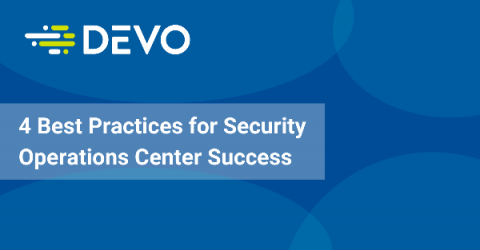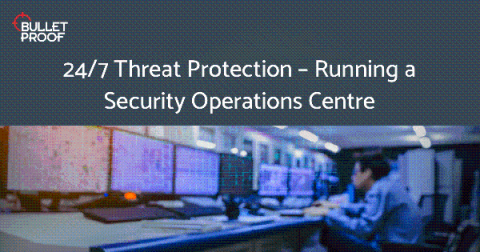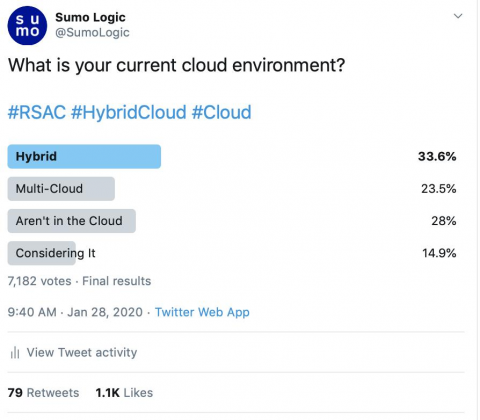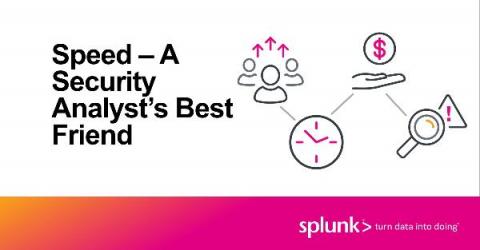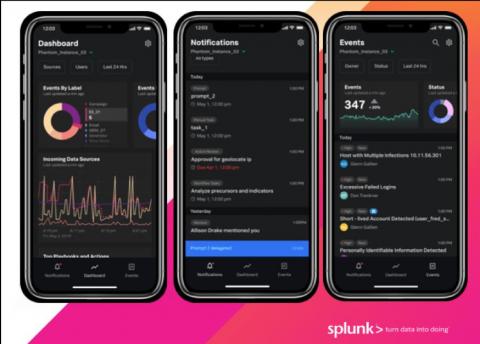4 Best Practices for Security Operations Center Success
The security operations center (SOC) plays a critical role in an enterprise organization’s efforts to protect their data from rapidly evolving cybersecurity threats. However, for a variety of reasons revealed in this report by the Ponemon Institute—based on a survey sponsored by Devo of more than 500 IT and security practitioners—organizations are frustrated with their SOC’s lack of effectiveness in performing its vital work.


